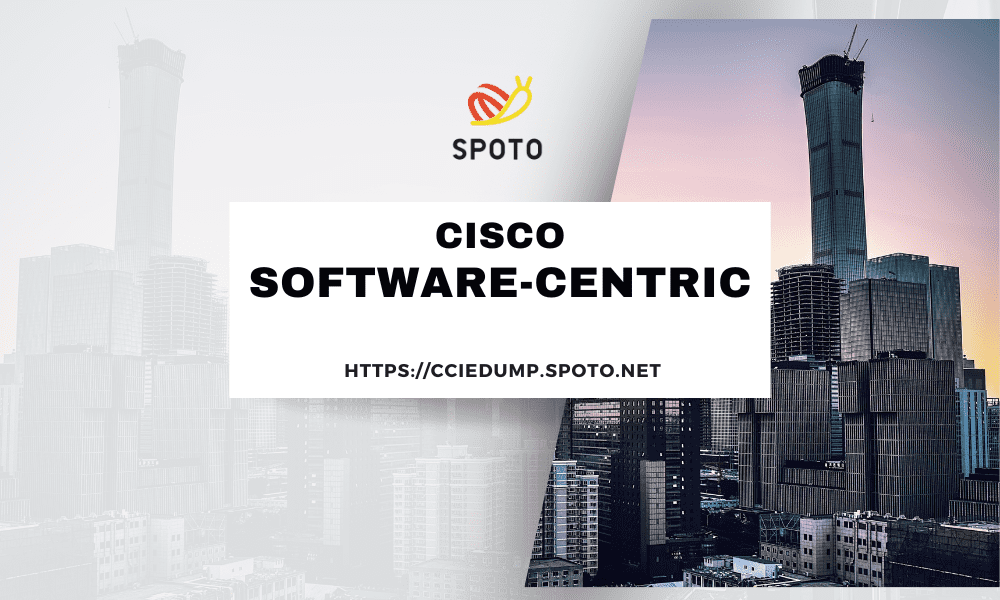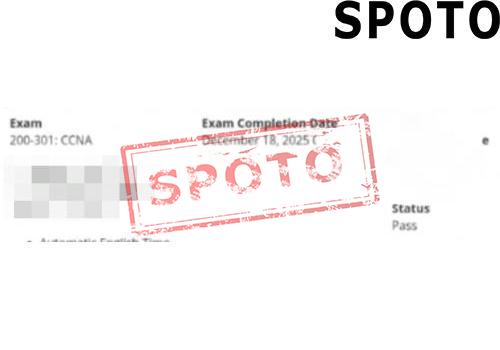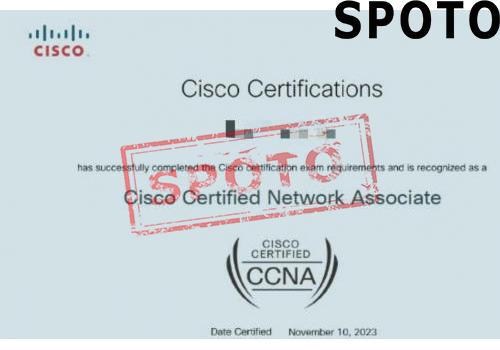
In the rapidly evolving landscape of technology, adaptability, and innovation are key drivers of success for companies. Cisco, a global leader in networking hardware, has been at the forefront of shaping the digital transformation journey for enterprises. One significant shift that has captured attention is Cisco's transition towards a software-centric strategy. But is this shift a strategy, and what implications does it hold for the future of the company and the industry? Here, we will look into Cisco's software-centric approach, its impact, and whether it can be deemed a strategic move.
The Evolution of Cisco's Strategy:
Traditionally known for its hardware solutions, such as routers and switches, Cisco recognized the need to pivot in response to changing industry dynamics. Thus cloud computing, virtualization, and software-defined networking gained prominence, and the demand for software-based solutions increased. This shift prompted Cisco to reevaluate its business model and explore ways to integrate software into its offerings.
Cisco's software-centric strategy involving focusing on software solutions, services, and subscriptions complements its hardware portfolio. This strategy aims to provide customers with more flexible and adaptable solutions, enabling them to respond effectively to the demands of digital transformation and modern networking.
Elements of the Software-Centric Strategy:
-
Software-Defined Networking (SDN):
Cisco's software-centric approach emphasizes the use of SDN, allowing network administrators to manage and configure networks through software rather than manual hardware configurations. It enhances agility and scalability, vital requirements in today's dynamic business environments. -
Subscription-Based Model:
Cisco has been transitioning from a traditional upfront sales model to a subscription-based model. This shift enables customers to access software features and updates constantly, fostering a closer relationship between Cisco and its customers. -
Cloud Integration:
The software-centric strategy aligns with cloud integration efforts. Cisco aims to provide seamless integration between on-premises infrastructure and cloud environments, offering a unified networking experience for hybrid and multi-cloud deployments. -
Automation and Analytics:
Software-centric solutions enable advanced automation and analytics capabilities. Cisco's intent-based networking solutions leverage software to automate network configurations, optimize performance, and enhance security.
Is It Truly a Strategy?
The "strategy" implies a deliberate action plan designed to achieve specific goals. Cisco's software-centric approach reflects a deliberate shift in its business model and operations. However, whether it qualifies as a comprehensive strategy depends on how deeply it gets integrated into the company's overarching objectives.
A true strategic move goes beyond adjusting products and services; it encompasses an alignment of all aspects of the organization, from culture and workforce to market positioning and competitive advantage. In this regard, Cisco's software-centric plan may meet the definition of a strategy if it is woven into the very foundation of the business and serves to direct all levels of decision-making.
The first difficulty is feature fatigue.
Most of Cisco's "software" is what we and others have mockingly referred to as "underwear" programs created to add features to hardware platforms like switches and routers or to manage networks using these types of devices. It resembles an operating system in this regard. Many IOS network operating system users did not update even before Cisco divided its hardware and software businesses. People upgrade and pay for memberships because of new features. It is challenging to continuously add new features while maintaining a sense of user value.
Exploding competition is the second difficulty.
One illustration of the impact of growing competition on Novell occurred when Microsoft brought fundamental resource sharing to Windows. Although Cisco may anticipate competition from other manufacturers of network equipment to offset its own "disaggregation" of software and hardware, there is a more significant competitive concern. Cisco will need to go beyond simple routing and switching to provide value-add that will support ongoing subscription income. The next step is hosting, which they of course provide through their UCS servers.
The edge-focused component is significant since edge computing, which is developing from 5G hosting missions that are (as previously said) already budgeted, is what Cisco, along with other network makers, would probably find to be the most direct path out of basic packet-pushing. The competition for 5G hosting and telecom opportunities among server and software giants like Dell, HPE, IBM/Red Hat, and VMware also puts network equipment at risk.
The chance of similar software getting installed on servers and white boxes makes this vulnerability much more vulnerable. A Cisco hosting withdrawal might increase customer demand for white-box switches and routers if well-known software providers offer this dualistic software.
Initially, Cisco might not have any ambitions to elevate its software status above "pants." As a result, the only way to account for their story to investors would be to buy some time before deciding on their next move. It is undesirable.
Second, Cisco could believe they need 'pants' to succeed in the software industry. If this is accurate, we think that rather than a rebirth, as Cisco and Wall Street have stated, we may be seeing the start of a massive drop in Cisco's market dominance. Think about Novell, a horrible choice.
Third, Cisco may be working on a real software offensive incorporating UCS, but they are reluctant to discuss their ideas. It would stop rivals in the server/software market from putting obstacles in Cisco's way before Cisco has created a competitive solution. That can partially account for their seeming indifference to UCS as long as the "real software blitz" is imminent and in the works.
The Implications:
Cisco's software-centric strategy carries several implications, both for the company and the broader industry:
-
Adaptation to Market Trends:
By embracing software-centric solutions, Cisco demonstrates its ability to adapt to market trends and stay relevant. This strategy positions the company to address the increasing demand for flexible, cloud-integrated, and software-driven networking solutions. -
Customer-Centric Approach:
Shifting to a subscription-based model fosters a customer-centric approach. Customers can access the latest features and updates, enhancing their experience and potentially increasing customer loyalty. -
Redefining Competitive Landscape:
Cisco's software-centric strategy places it in direct competition with software-focused companies. This shift redefines its competitive landscape, requiring the company to navigate a different set of challenges and opportunities. -
Risk and Reward Balance:
While software-centric solutions offer numerous benefits, they also introduce new challenges, such as security concerns and the need for continuous innovation. Balancing these risks and rewards will determine the long-term success of the strategy. -
Skills Transformation:
As the industry evolves, employees' skill sets must transform alongside it. Cisco's strategy necessitates a workforce that gets well-versed in software development, automation, analytics, and cloud technologies.










